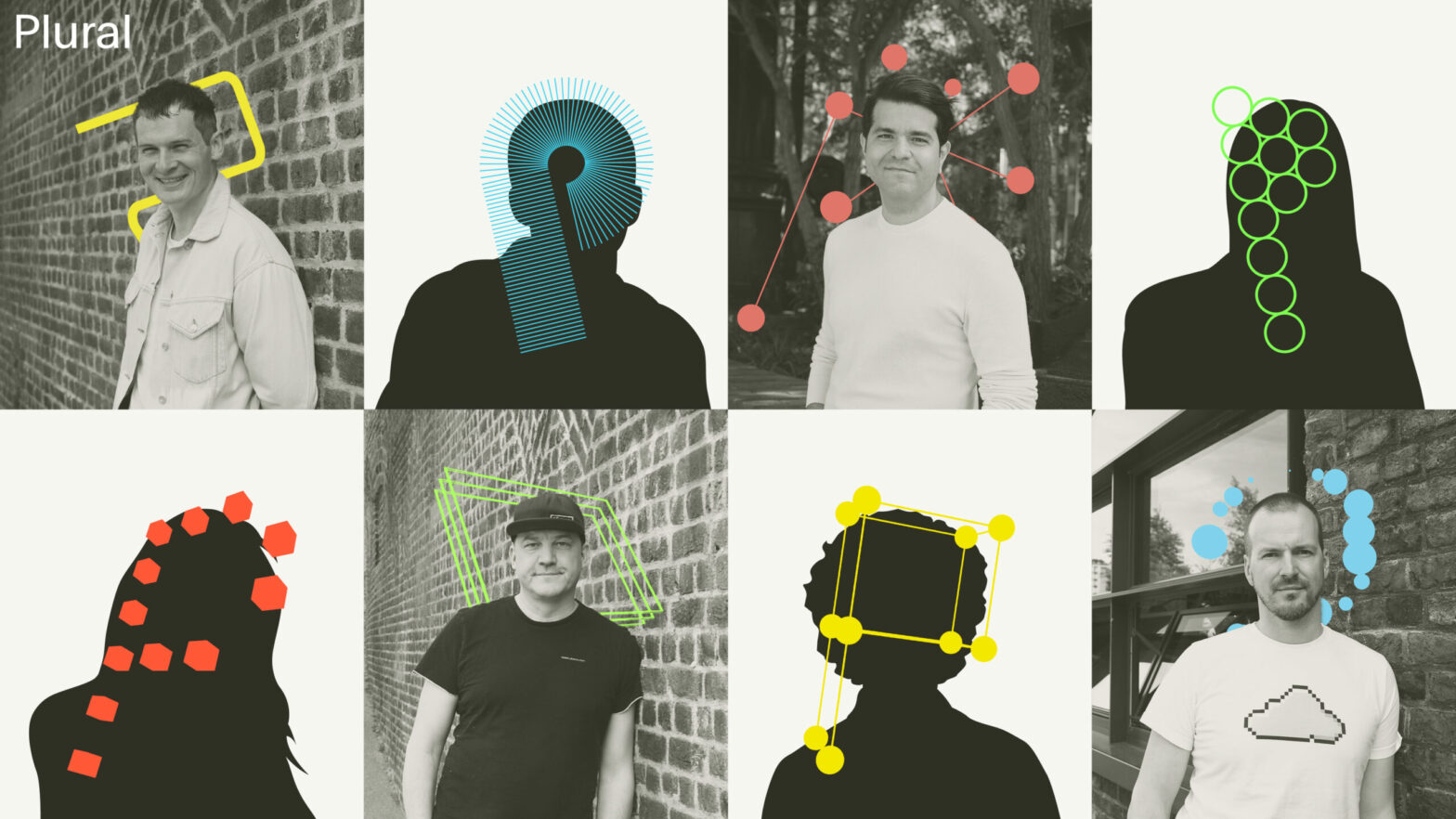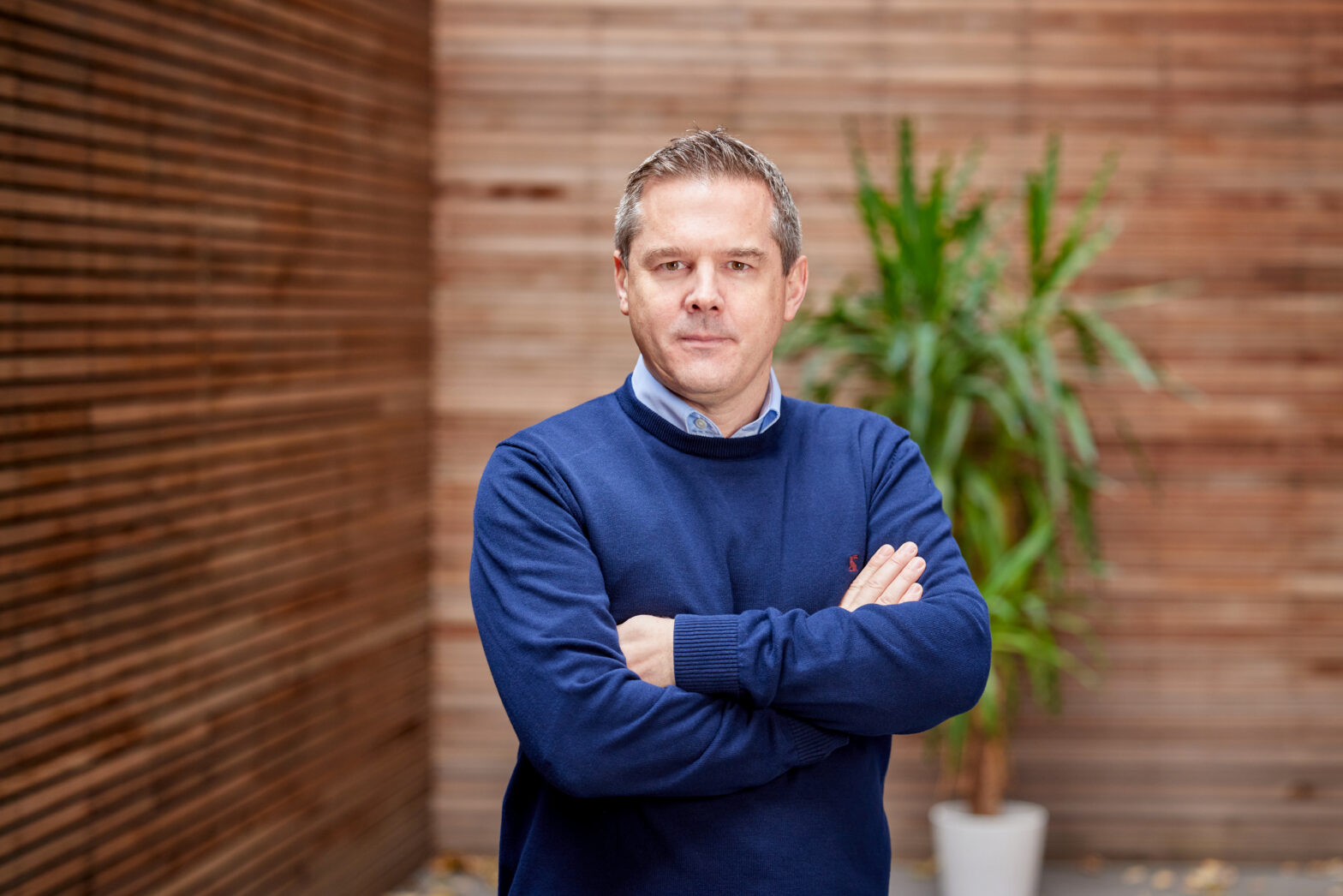It is a cold, wet and windy May morning in Dublin. But the poor weather is the least of John Dunne’s worries. His focus is on the commercial launch of his company’s flagship technology.
After four years of development and more than a decade since co-founding the business Intune Networks, his work will be revealed to the heavyweights of the telecommunications industry at TM Forum’s Management World conference in Dublin.
The moment marks a significant milestone for Dunne, co-founder Tom Farrell and the entire staff of the telecoms equipment company, which in the face of two tough trading periods, along with the near collapse of the Irish economy, has managed sustained growth and secured more than €50 million in funding.
Dunne and Farrell, both PhD photonics graduates from University College Dublin, rejected lucrative offers from big-name American corporations to start their own company in 1999 at the age of 26. The business was based on technology that developed from the pair’s research.
It started well and they quickly secured two million Irish punts to work on their first ‘Verisma’s hardware and software enables telecoms carriers to create more efficient next-generation networks’ product, a calibration system for tuneable lasers. These are semiconducting pieces of material, about 1.5mm wide, that convert electricity into light that then travels down fibre. They are the basis of telecoms systems.
Then in 2001, the business suffered its first setback. ‘It all crashed – no-one was buying our stuff,’ Dunne recalls sombrely. ‘Even a few years later, if you talked to a venture capitalist and mentioned the word photonics they put the phone down. They literally said things like, “Well, 70 per cent of our portfolio was wiped out by photonics and I am not mentioning you to any partners.”’
Life support
It is at this point that Dunne turned from researcher into businessman. As chief executive of Intune he kept the company ‘alive’ by keeping the operation small and pursuing contracts for projects across Europe and the US.
While working on a project for the European Space Agency, Dunne and Farrell came across a problem that they were asked to solve. The current Cisco router, developed 30 years ago, was too heavy to send into space or place inside aircraft.
They were asked to develop an equivalent that was lightweight, smaller and used less power. It was this project that inspired further development. In 2006 the pair built a prototype and a year later a beta version of their technology, named Verisma.
The product is an optical packet switching and transport system that promises to vastly increase the efficiency of the world’s telecommunications networks.
Dunne says Verisma’s hardware and software enables telecoms carriers to scale their networks cost effectively and create more efficient next-generation networks. It also promises uninterrupted, premium-quality content – something that has been unachievable before now. Target customers of the technology are telecommunications giants including O2, Vodafone and BT.
‘Today’s systems have utilisation rates of about 5 per cent of their capacity because the architecture is dated and is not designed for high download usage, such as when watching YouTube or having a group Skype call,’
Dunne explains. ‘With a network tha’s tuneable, you can turn it from having only 5 per cent to up to 80 per cent.’
He describes the technology as similar to Frogger, the 1980s arcade game. ‘In Frogger, you have a road with lots of lanes and there are lots of vehicles in those lanes. As a frog, the player’s job is to hop between the gaps in the cars to cross. We do exactly the same.
‘In the current networks, each lane is a different colour and has little bursts of light. We look at what is happening to the fibre with all the bursts and all the colours. We can then see all the gaps and tune the laser accordingly.’
Dunne says he uses this analogy to explain the complex and extremely niche technology to potential investors. It’s a process that he admits is time consuming and difficult.
‘When talking to investors, you need to find someone who either gets it or is intellectually interested in it first’.
On the same wavelength
‘What I have discovered is that when talking to investors you need to find someone who either gets it or is intellectually interested in it first,’ he says.
‘It could be any person in the VC firm who gets it and will actually think through what you are saying and allow you to explain it. If they then start to think about it and can recommend the company to the partners then that process is usually successful.’
And the results speak for themselves. The business has secured strong backing despite its complex technologies. Backers include Boston’s Balderton Capital, Hermann Hauser’s Amadeus and Twitter investor Spark Capital.
Dunne puts much of the credit for the investment down to luring Tim Fritzley, a 30-year industry veteran, to leave Silicon Valley to join the team in Dublin as chief executive in 2006.
Dunne and Fritzley, who was vice president of sales at Microsoft TV, had known each other for about five years before his appointment because he had sat on the company’s advisory board.
‘He knew the market, and that made a huge difference,’ Dunne says of Fritzley. ‘He said, “We’re going to stop all the peripheral stuff: we are going to build one thing.” No Irish company had brought in a person of his calibre before as a CEO, because the opportunities had never been big enough to attract them.’
The next level
Dunne stepped down as CEO to become chief technology officer after Fritzley arrived. He says allowing someone else to manage the company he co-founded was not difficult because he and Farrell knew that they did not have the business expertise to take Intune to the next level.
‘I have learnt a huge amount by working with the guys that have come in,’ he says. ‘I get on well with them and I trust them. If they brought in someone I didn’t know or didn’t trust, that would have been hard.
‘But Tom and I didn’t want to remain. We knew that if we were going to build a technology company then it needs to be global, it can’t be local, and for it to be global you have to expand and you have to bring in people. We always had the intent of bringing in money, VCs and executive talent – it is not a small lifestyle company.’
In 2007, the company closed a Series A funding round for €13.5 million. In addition to the company’s growth potential, Dunne says investors were attracted to its strong portfolio of patents and the fact that the company owns all its intellectual property rights.
Tough times
The Series B round was a different matter. ‘We opened one month before Lehman Brothers collapsed, which was a total disaster,’ Dunne confesses frankly. ‘It took us 13 months to close the round so it was tough but we got it. We closed at €29 million and it was the largest private funding in the world technology sector in telecoms at the time.’
Related: Funding rounds – A Growth Business guide –
Then, in 2009, the Irish government selected Intune to build the €5 million Exemplar Network, which is an open test bed site for companies to trial high-speed network applications.
Later the same year, the company secured another coup, working with Snow Patrol in a world-first demonstration of the technology. The demonstration involved live, high- definition streaming from a concert that the Northern Irish band held in a church to a number of locations in the town of Dingle that were connected to a fibre-optic network.
Dunne says the test showed the power of the technology in enabling high-quality communications without interruption. The event also attracted the attention of U2’s Bono, who has described Dunne and Farrell as ‘geniuses’.
Dunne is hopeful that some of the star power will help as the company currently progresses a Series C round, which has a target of more than €30 million. Already though, he notes a shift in how investors are reacting to approaches.
‘The difference is unbelievable between now and two years ago,’ he says. ‘It is completely different – the VCs are much more practical. The plan has to be based on success, so if you don’t meet the success points then you don’t spend their money – that is the rule.’
Despite a successful market launch, Dunne says there is still much work to be done. The company, which generated revenues of €10.3 million (£9.2 million) in 2010, is anticipating initial orders this year. It has first-offer applications with two customers and plans ‘significant and sustainable global demand’ for Verisma.
But he is coy in answering questions about the future ownership of the company, aside from saying that ‘eventually’ a decision will be made to either sell or float. For the time being, though, he remains resolute about its direction.
‘I believe that it could become a billion- dollar-plus company,’ he says. ‘We are kind of lucky. We didn’t know that we were going to end up here. We took a chance, a big bet – now we have to make it pay off.’
VITAL STATISTICS
Year of birth: 1972, Place of birth: Dublin, Ireland
Family: Lives with partner Vanessa, no children
Hobbies: Football, huge sports fan, art and painting, club-level chess player
Business heroes: The founding teams of Google and Facebook






